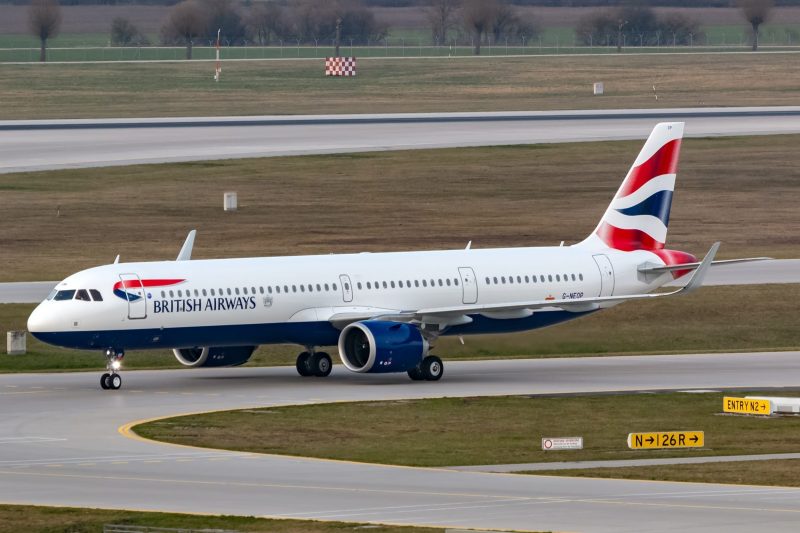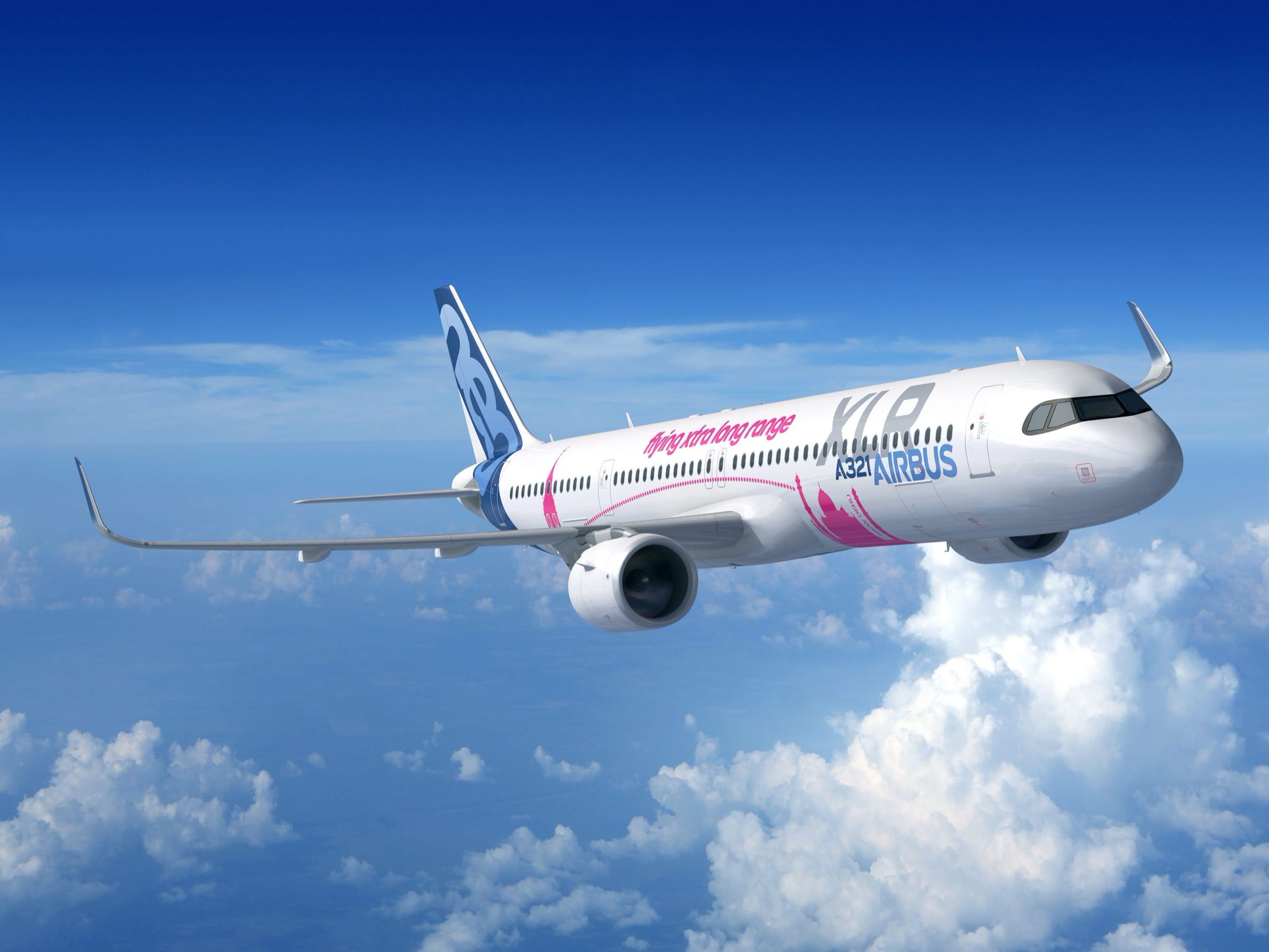- Airbus isn’t slowing down development on its A321XLR despite the coronavirus’ impact on the aviation industry, according to Bloomberg.
- The downturn has slowed production for three Airbus aircraft families but the A321XLR is pushing ahead because it’s better-positioned to weather a pandemic.
- Airlines will use the jet to open new long, thin routes and ease back into 2019 levels of air service following a devastating 2020.
- Visit Business Insider’s homepage for more stories.
The coronavirus pandemic has pumped the brakes on aircraft manufacturing with Airbus and Boeing significantly reducing their output and delaying some new products as most airlines have no desire right now to take on additional planes.
Boeing has delayed production of its new 777X flagship and is ending the 747 program while across the Atlantic, Airbus has lowered production rates for three aircraft families and is building its last A380 as the program comes to a close.
The development of one plane, however, won’t be slowed at all and will actually continue full steam ahead. The Airbus A321XLR, according to Bloomberg, will be prioritized to ensure an on-time launch in 2023 with the manufacturer predicting the plane will be pandemic-proof.
The A321XLR is slated to be a game-changer for airlines and will give new meaning to the term “long, thin routes.” In other words, routes that might be unprofitable with a 300-seat Boeing 777 may be highly lucrative with a 200-seat Airbus A321XLR, with the latter having the range capabilities to actually take over for wide-bodies on extended routes where it couldn’t before.
But for passengers, it likely means longer flights on smaller planes as mass retirements of four-engine behemoths like the 747 and A380 are revealing the predilection of airlines for the smaller and efficient planes coming from Seattle and Toulouse.
Take a look at the Airbus A321XLR.
The Airbus A321XLR is the latest in a line of next-generation aircraft that stem from the Airbus A321, the largest member of the A320 family of aircraft.

After seeing success with airlines around the world, Airbus began reinvigorating the A320 family in 2010 with new features and engine to make the planes more efficient.
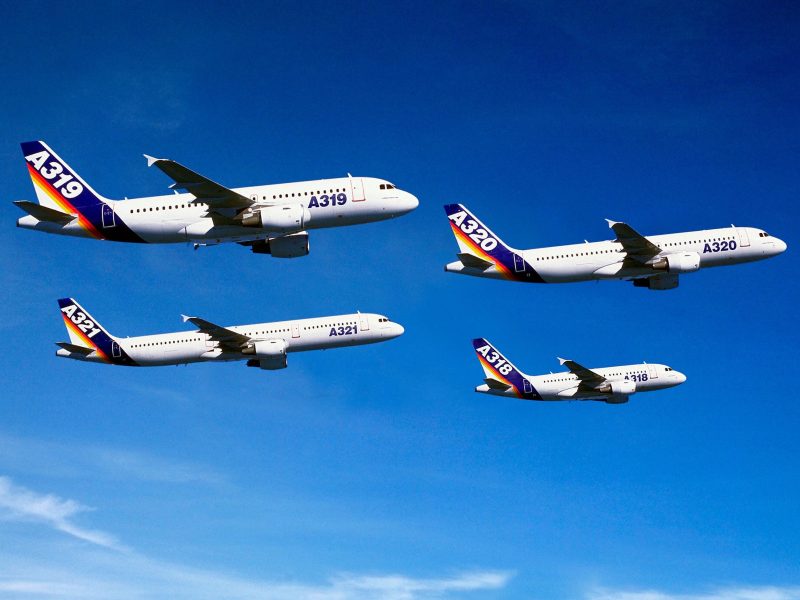
Source: Airbus
The new jets were given the suffix "neo," short for new engine option.

As the largest in the family, the A321neo had the most potential and would be a direct competitor to the Boeing 737 Max 9, 737 Max 10, and 757.

On the outside, the A321neo and A321 are nearly identical.
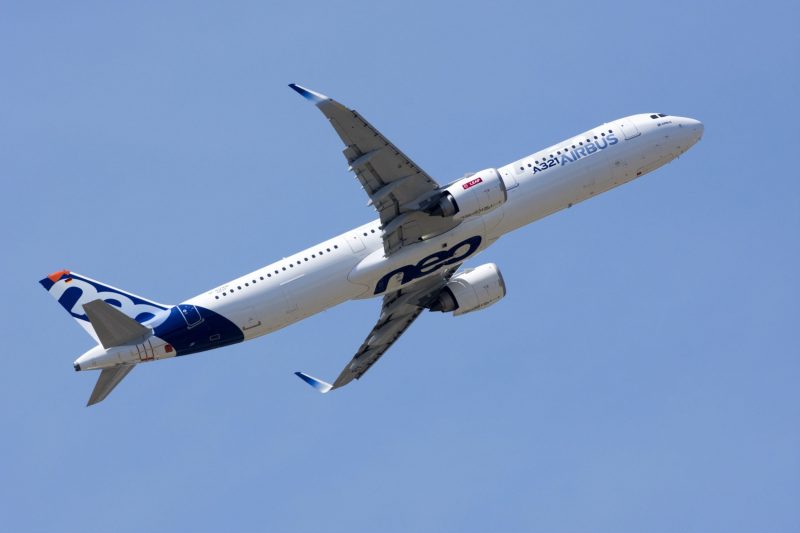
The only noticeable differences are wing add-ons – known as sharklets – that reduce drag and increase efficiency...

And the markedly larger and more efficient engines – whether they be the CFM LEAP-1A or Pratt & Whitney PW1100G-JM.
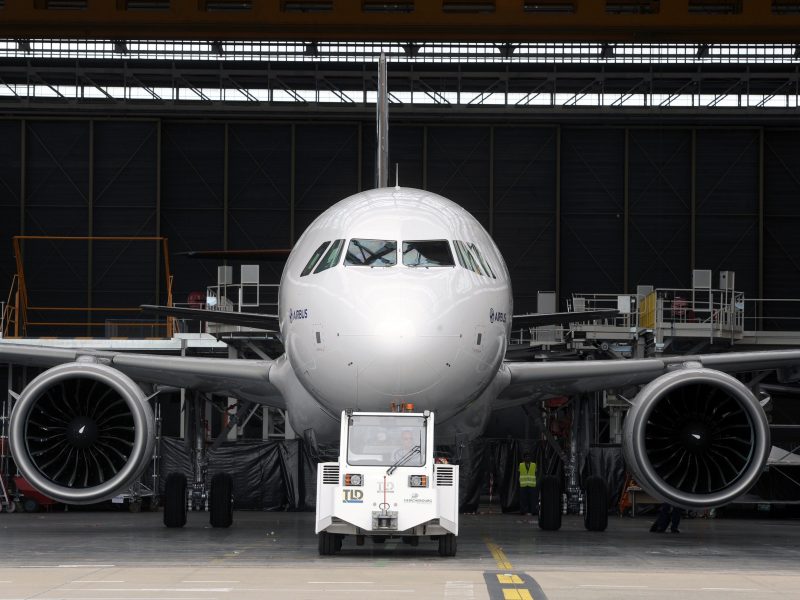
A new cabin and exit door configuration – called Airbus Cabin Flex – also allows for more passenger seats on the A321neo, further maximizing revenue.
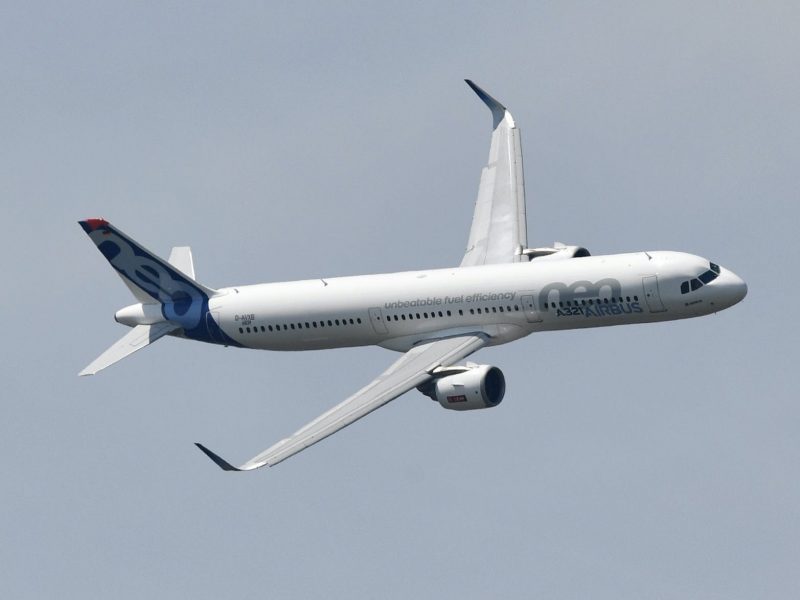
As basically an extension of the A320 family, pilots don't even need additional simulator training to fly it, minimizing additional training costs.
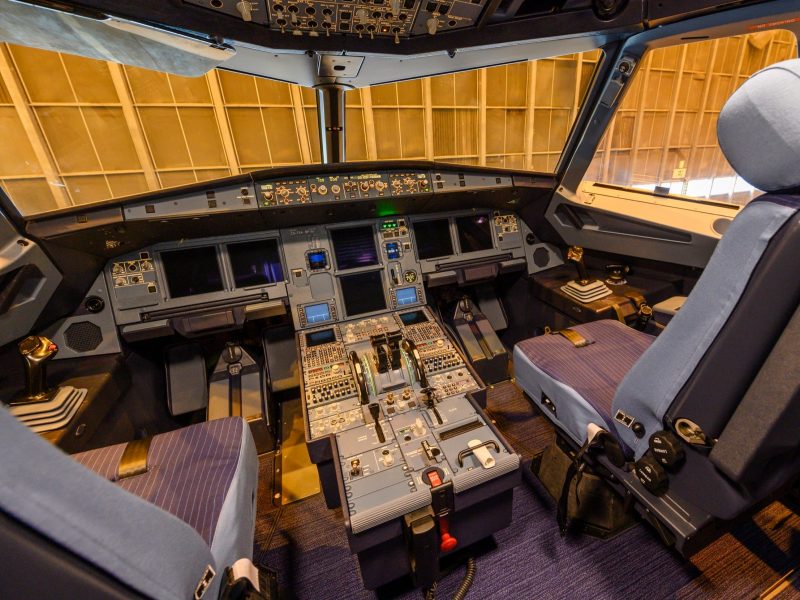
So existing Airbus A321 operators scooped it up including British Airways...
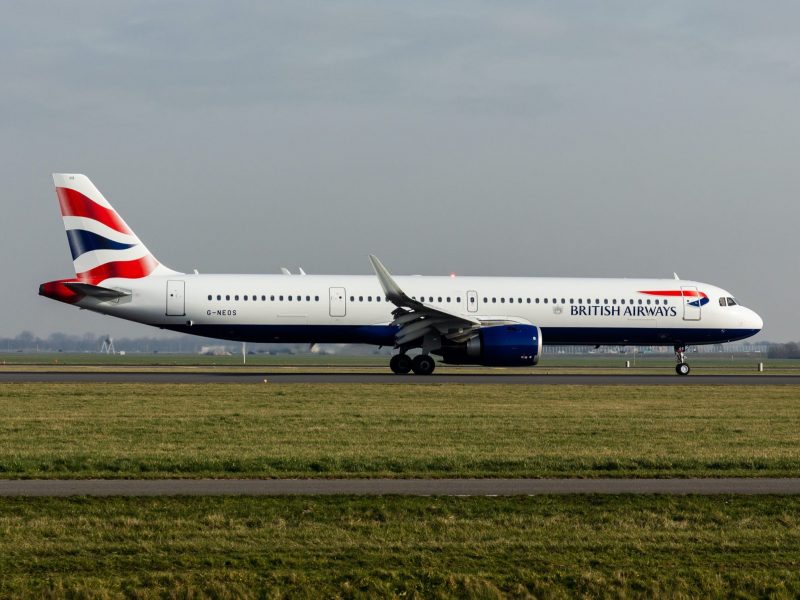
Lufthansa...
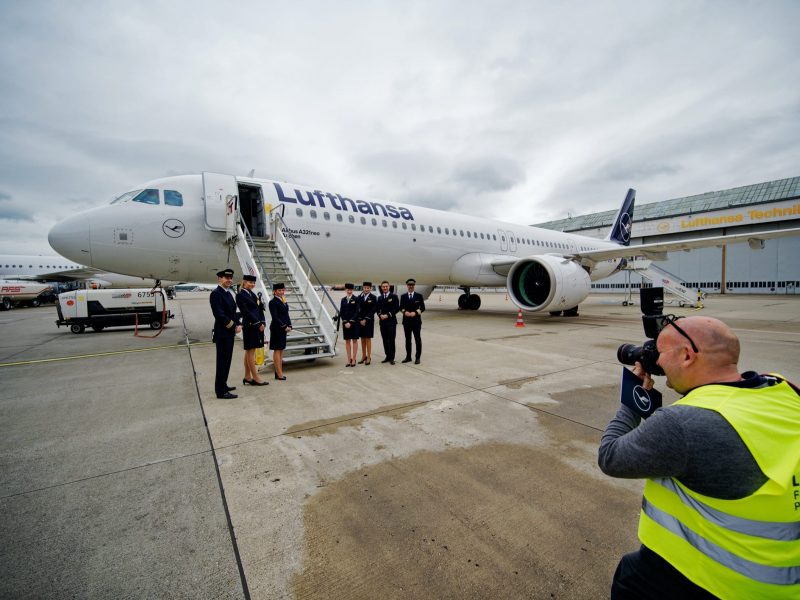
And Turkish Airlines, to name just a few.
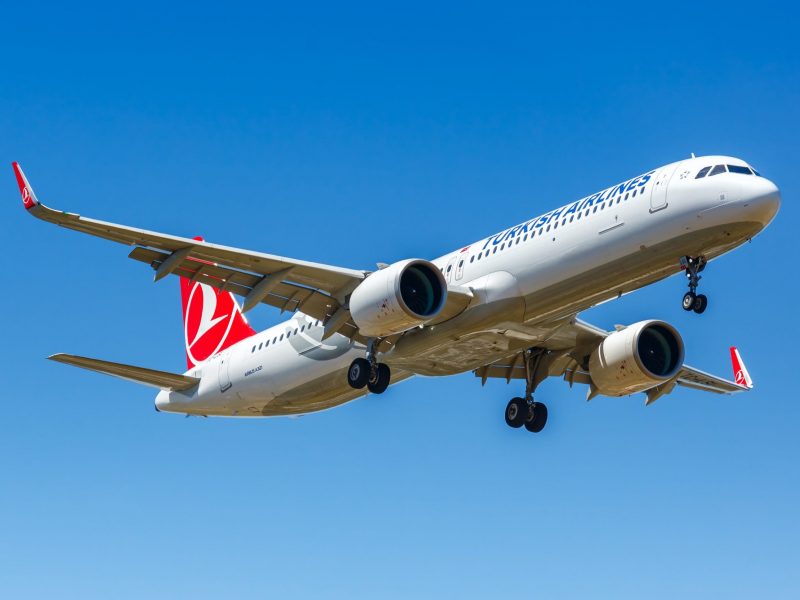
The jet was undoubtedly reliable and lowered operating costs on existing A321 routes but only a select few airlines used the A321neo to its full potential, on long-haul routes.

With a range of around 4,000 nautical miles, the A321neo could easily tackle the transatlantic market.
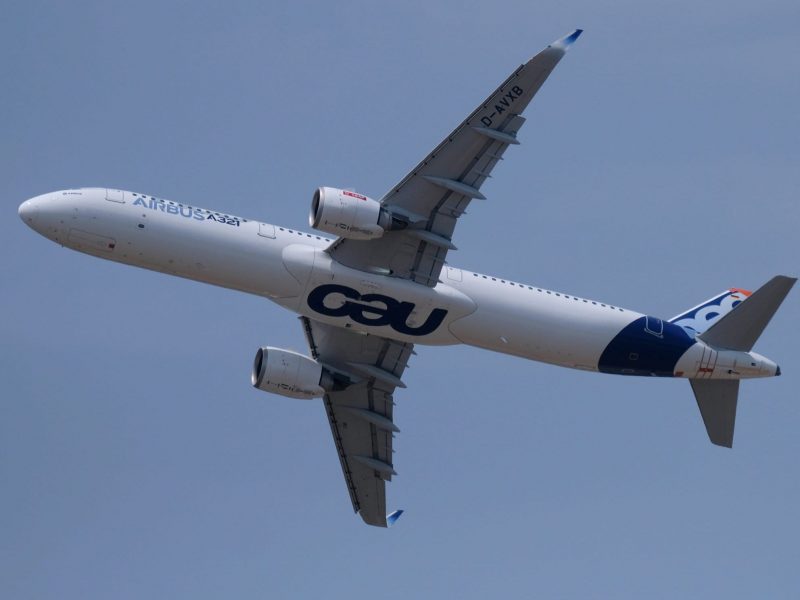
Some airlines recognized this and began acquiring the aircraft with flights between North America and Europe in mind. They included WOW Air...

Primera Air...
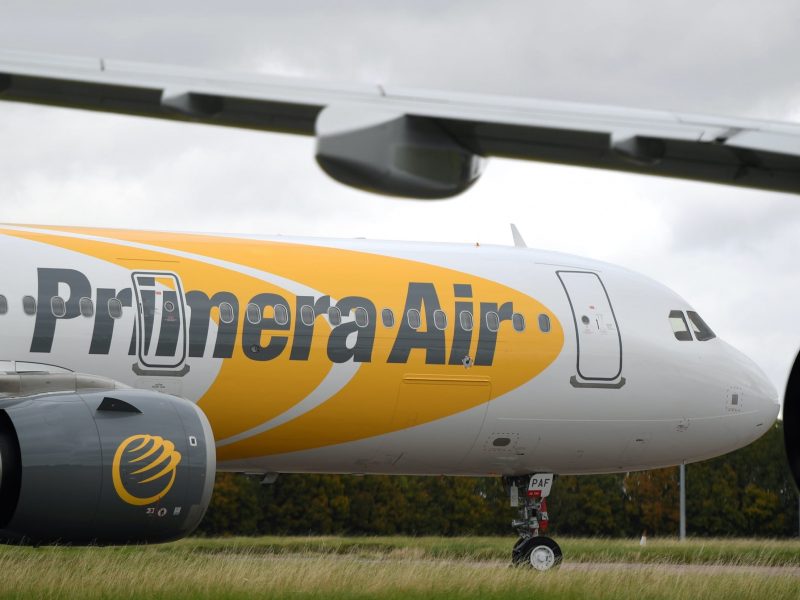
Azores Airlines...

And La Compagnie.

Hawaii also became a popular destination for the aircraft with Hawaiian Airlines and American Airlines connecting the islands with the mainland using the aircraft.
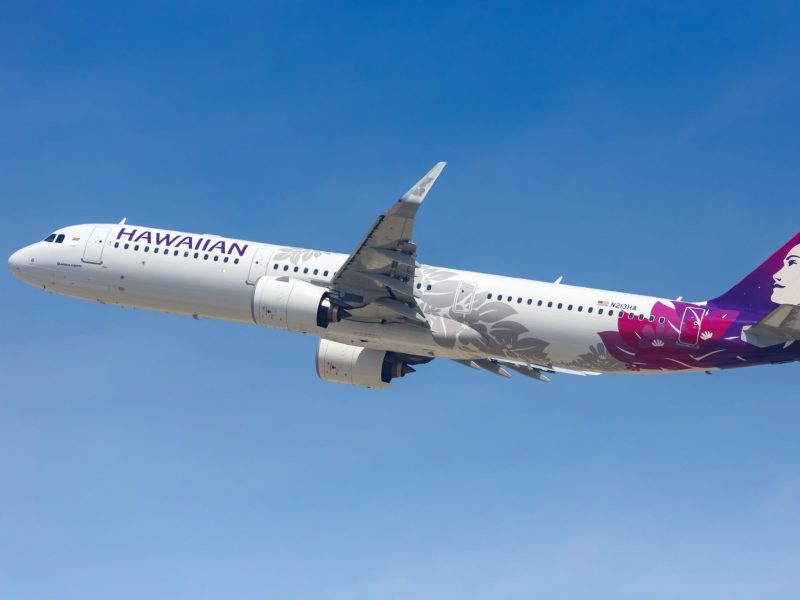
Recognizing the value in a long-range A321neo – that could be used for long routes with not enough demand to justify a wide-body – Airbus doubled down with two new models, the A321neoLR...

And the A321XLR, with XLR short for extra-long-range.
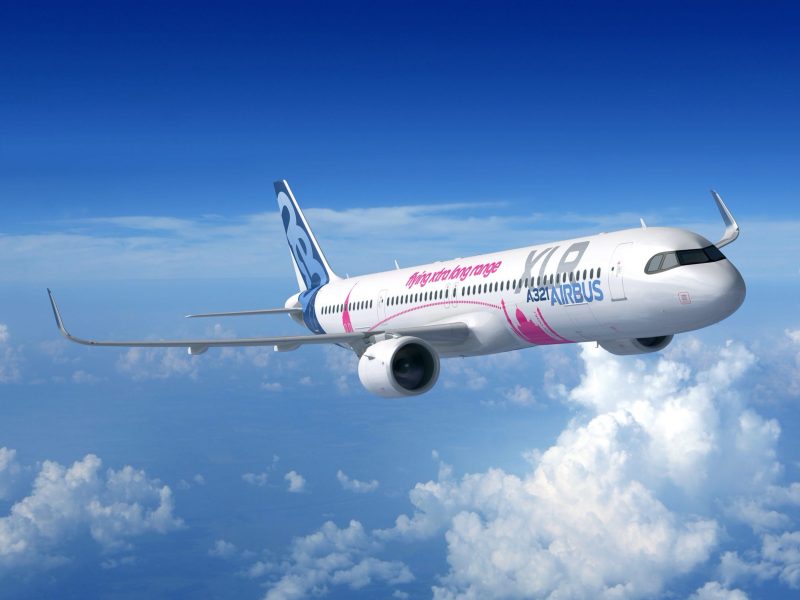
The A321neoLR exploded on the transatlantic market with North American and European carriers using the jet to connect the two continents. They include Aer Lingus, flying between Ireland and the US...

Air Transat, between Canada and Europe...
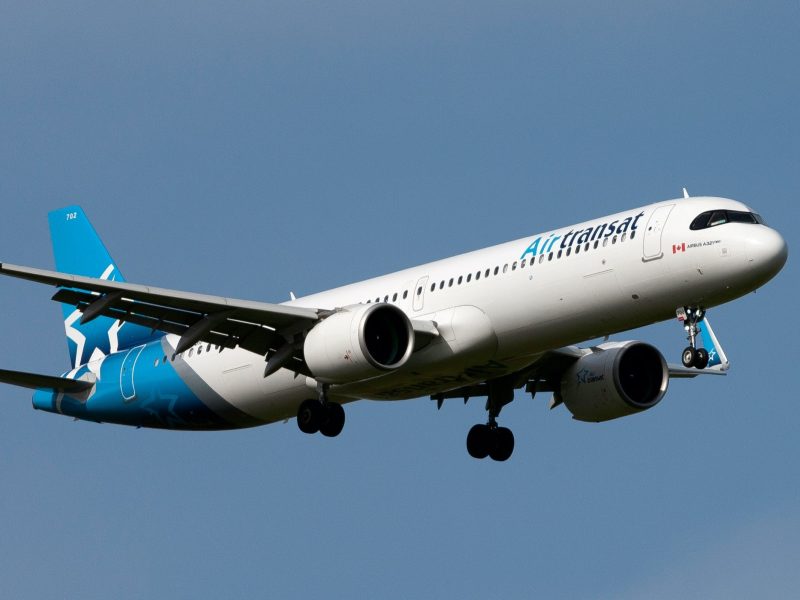
And TAP Air Portugal, between Portugal and the US and Brazil.

The jet has a flying time of around nine hours, with some of its longest passenger routes flown including Paris-Newark and Reykjavik-Los Angeles, both over 3,000 nautical miles.

And with the A321XLR offering 4,700 nautical miles in range, that's enough to fly passengers non-stop from New York to nearly any city in Europe and some in Asia.
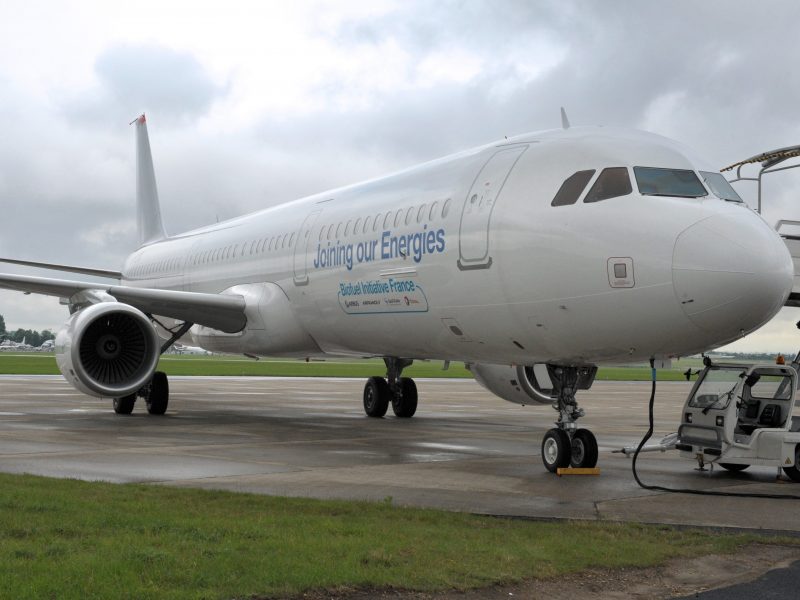
Airbus is predicting to the Airbus A321XLR to be pandemic-proof because it offers better economics than wide-bodies with fewer numbers of seats to fill before making a profit.
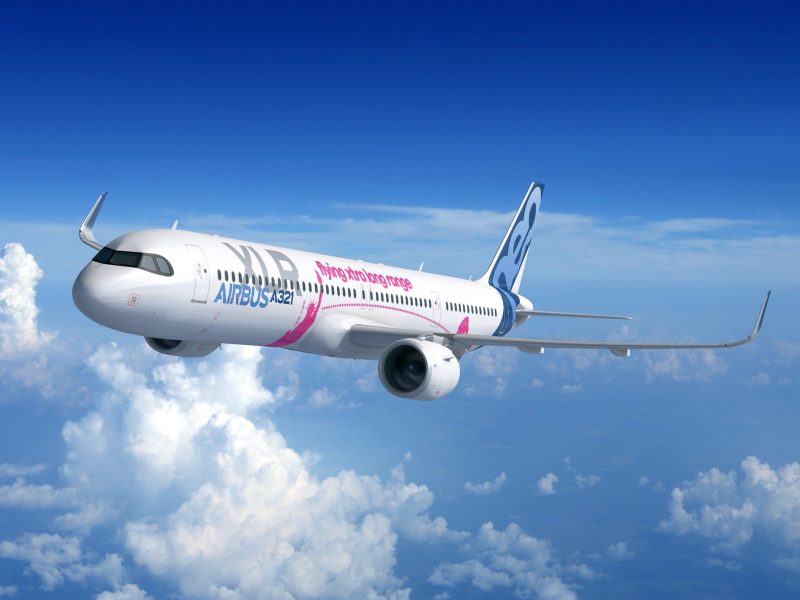
Source: Bloomberg
As international travel gradually recovers from the COVID-19 pandemic, jets like the A321XLR will be vital to help ease airlines back into normal levels without losing money flying empty wide-bodies.
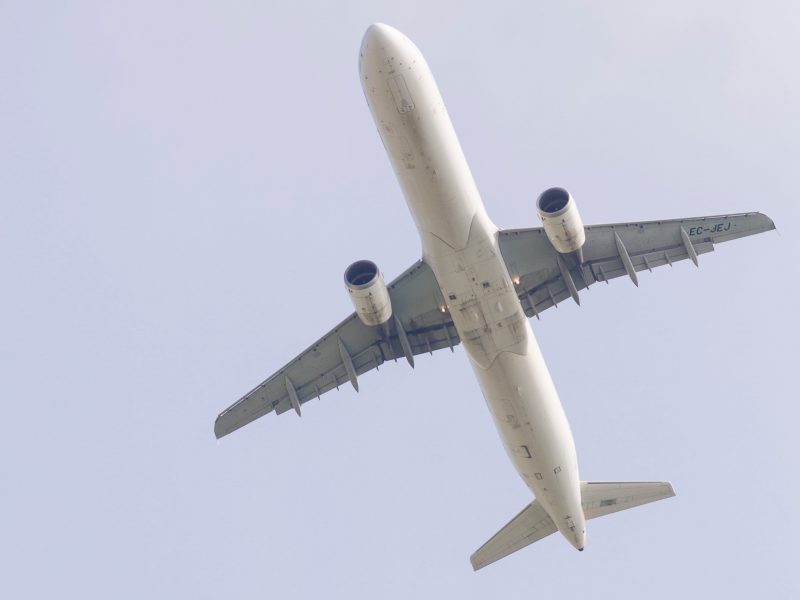
Countless international airlines already have the jet on order including JetBlue Airways, with plans to use it for flights between the US and Europe...
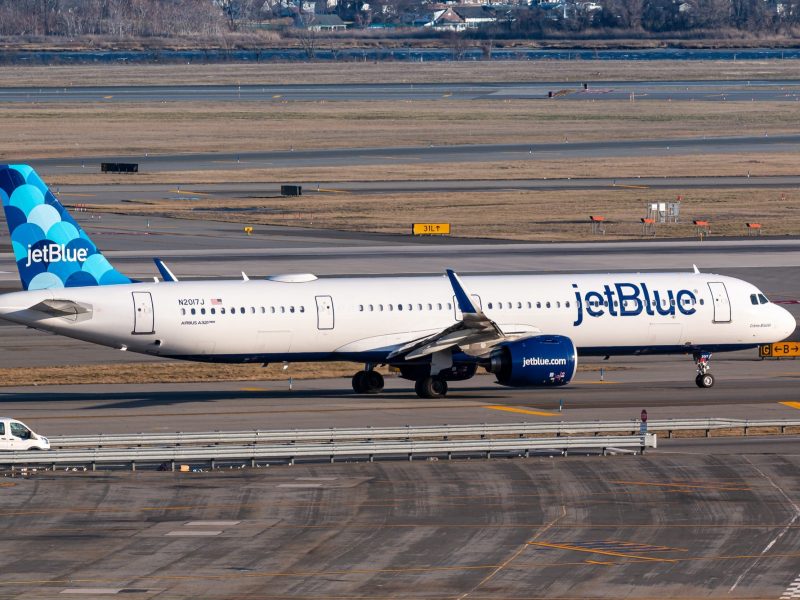
United Airlines, which already flies narrow-body aircraft as far as Stockholm, Sweden from the East Coast...
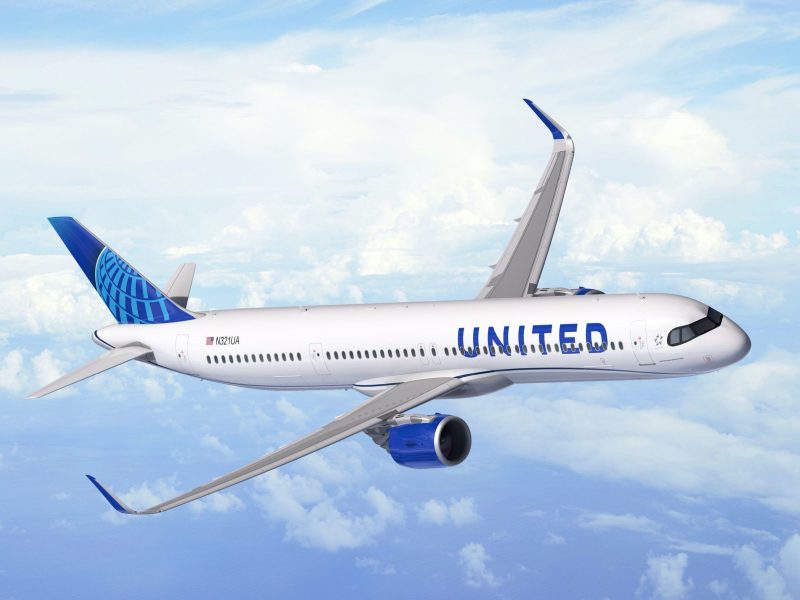
And American Airlines, another airline that already uses narrow-body aircraft on transatlantic routes.
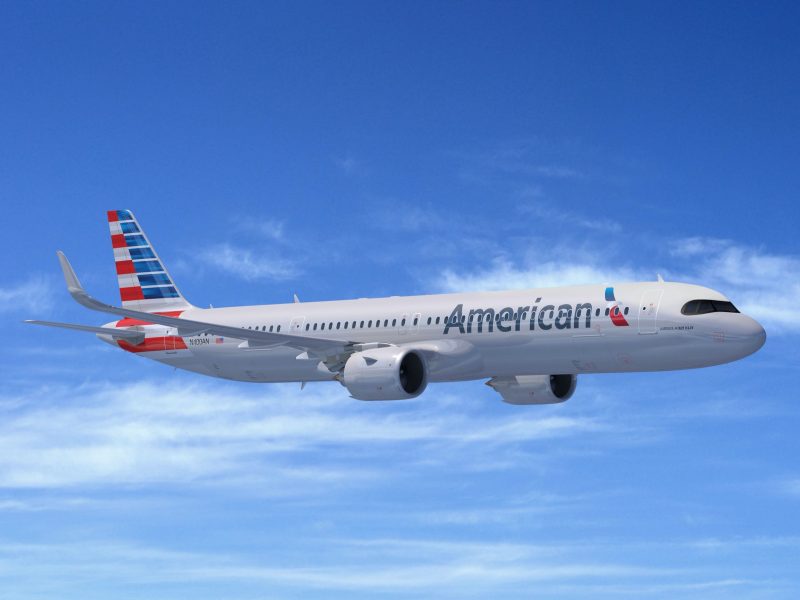
Airlines have shown their willingness to use these aircraft on extended routes but it's often passengers paying the price with longer flights on smaller planes.
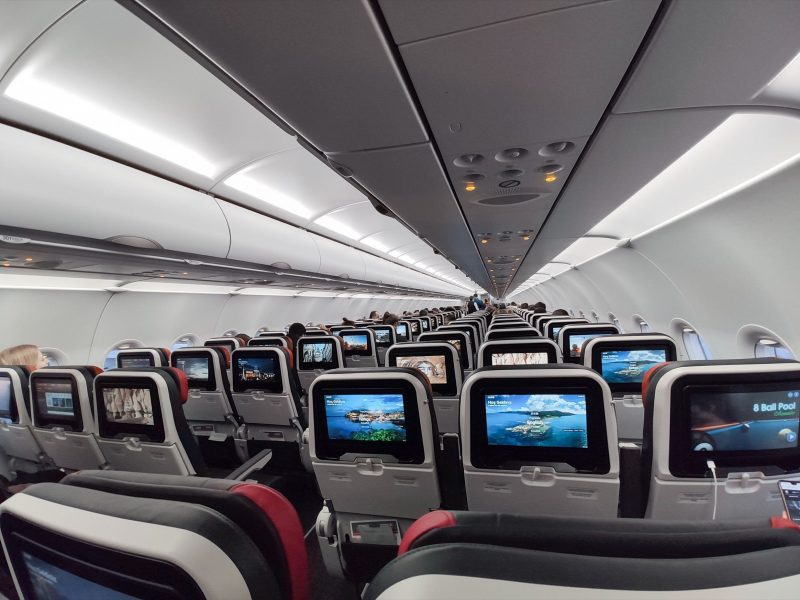
Airbus is pumping tech into the plane like LED mood lighting and creating more open designs but the fact remains that the jets are still single-aisle planes in a 3-3 configuration. Passengers will ultimately be the judge of the aircraft when they step onboard for the first time.

So as more four-engine aircraft are being sent off to the graveyard, your next trip to London may not be on this jet...

But on a narrow-body Airbus A321neo.
